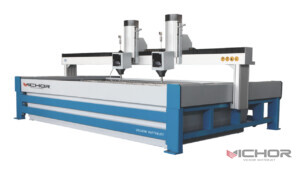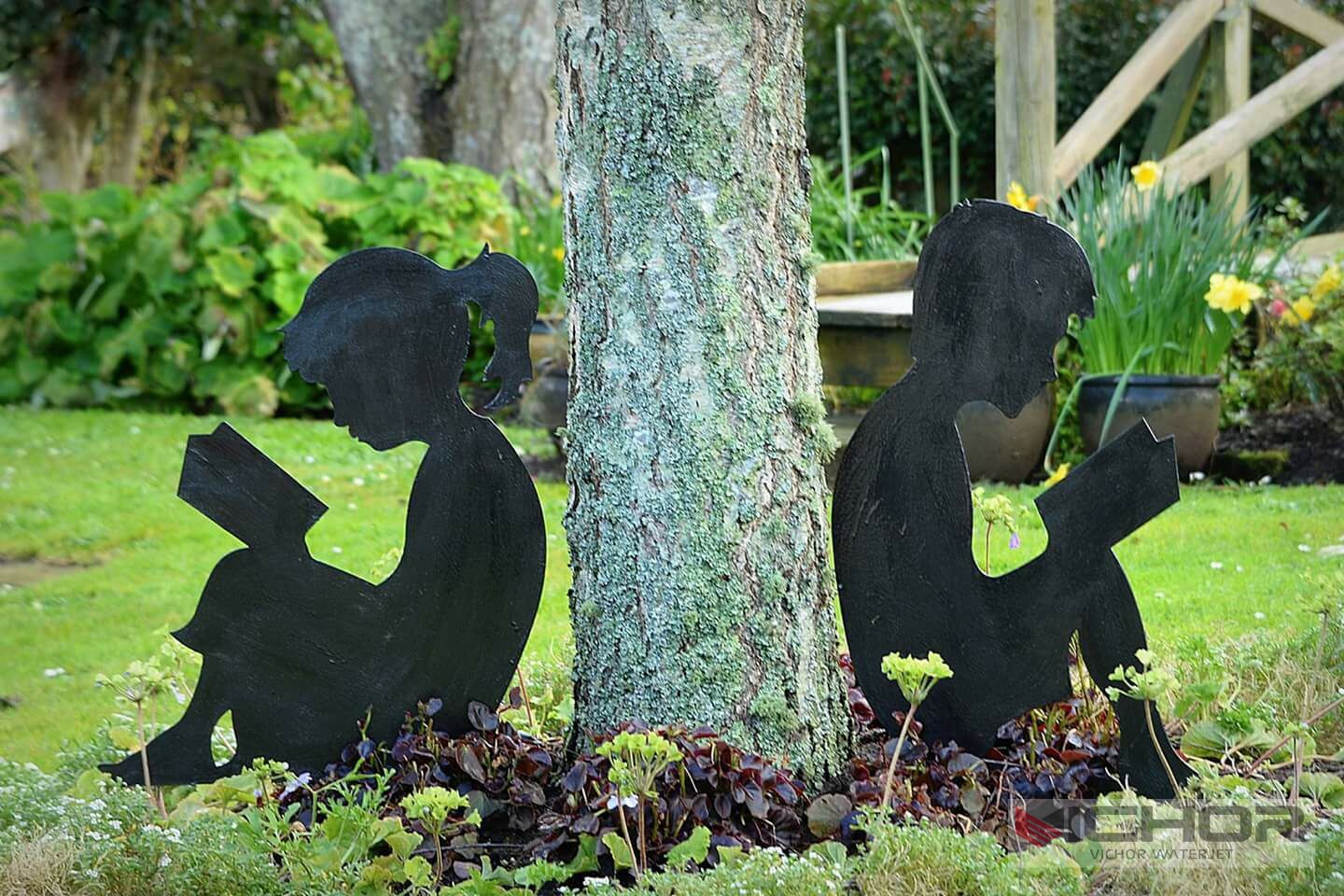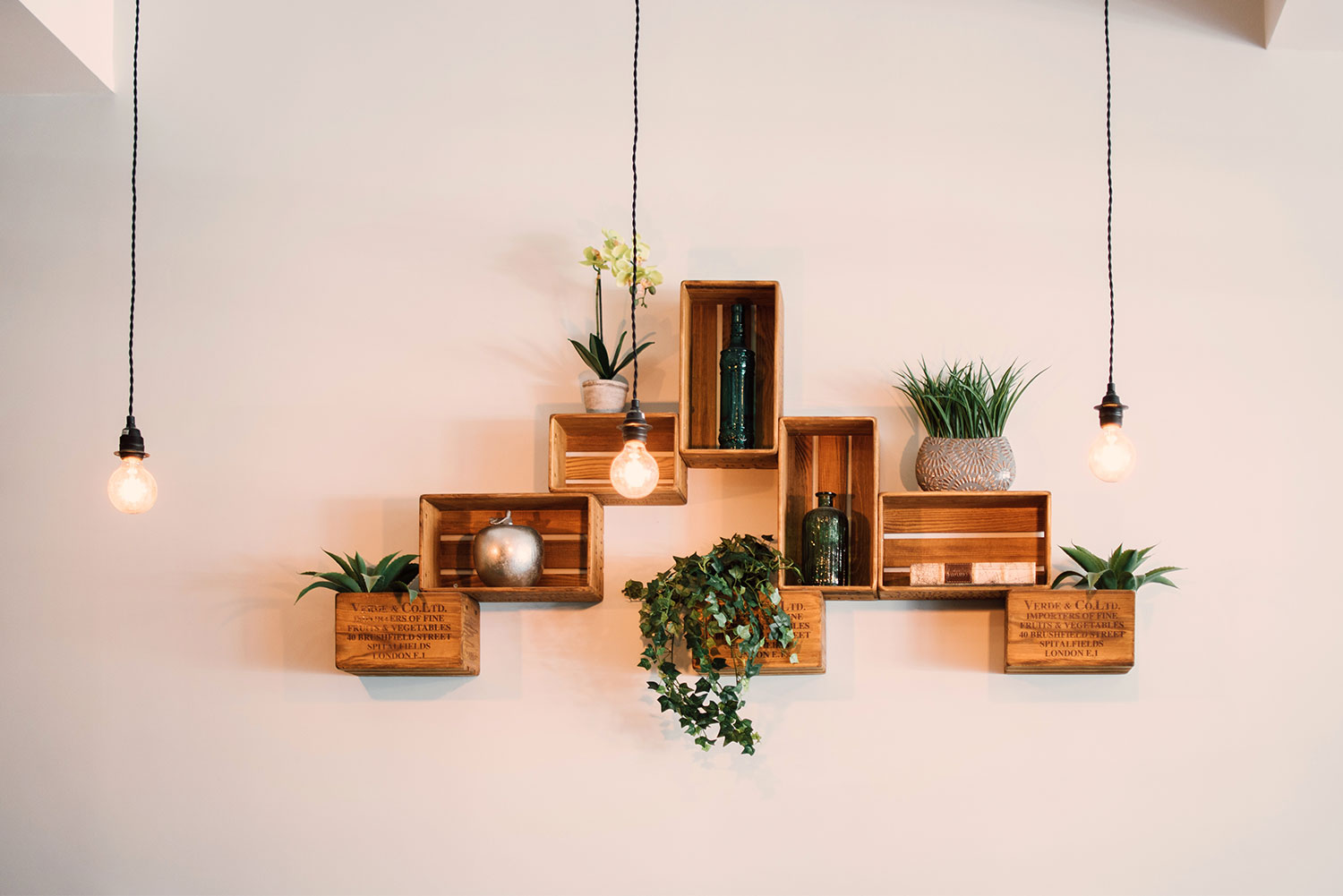
7 Innovations in Custom Water Jet Nozzle Design That Boost Cutting Performance
In the precise world of waterjet cutting, every component plays a pivotal role in the overall performance, accuracy, and cost-effectiveness of the operation. At the very heart of this powerful technology is the nozzle—a small but critical part that dictates the quality of the cut. While standard nozzles are available, the true potential of a waterjet system is often unlocked through the use of a custom water jet nozzle. These tailored solutions are engineered to meet specific operational demands, materials, and desired outcomes, transforming efficiency and precision. This article delves deep into the world of custom nozzles, exploring their key aspects, undeniable benefits, and the common challenges associated with them.
What Exactly is a Custom Water Jet Nozzle?
A custom water jet nozzle is not an off-the-shelf component. It is specifically designed and manufactured to address unique requirements that standard nozzles cannot fulfill. This customization can involve the orifice diameter, the length of the focusing tube (mixer), the internal geometry, the materials used, and the threading or connection type. The primary goal is to shape a high-pressure stream of water (or water-abrasive mixture) with optimal coherence, velocity, and minimal turbulence for a particular application. Whether it’s cutting intricate patterns in soft materials like foam or slicing through thick, hardened titanium, a bespoke nozzle ensures the waterjet system performs at its peak for that specific task.
Key Aspects of Custom Nozzle Design
The design process of a custom water jet nozzle is a meticulous science. Several factors are considered to create the perfect component for the job.
1. Orifice Diameter and Geometry: The orifice is the first stage of the nozzle, where high-pressure water is forced through a tiny hole, often made of sapphire or diamond. A custom orifice diameter is chosen based on the desired flow rate and pressure. A smaller orifice provides a finer, more precise stream for delicate cutting, while a larger one allows for higher flow rates, beneficial for thicker materials or abrasive cutting. Beyond size, the inlet and outlet geometry of the orifice can be tailored to reduce turbulence and pressure loss, enhancing stream cohesion.
2. Focusing Tube Parameters: In abrasive waterjet systems, the focusing tube (also known as the mixing tube or nozzle) is where water and abrasive particles mix and are accelerated. Customization here is crucial. The length and internal diameter of the focusing tube directly affect the cut quality and speed. A longer tube provides more time for the abrasive particles to accelerate, resulting in a more consistent stream and a squarer cut edge, which is ideal for precise, thick materials. The material of the tube itself, typically tungsten carbide or ceramic, is selected for its wear resistance against the abrasive flow.
3. Material Composition and Durability: The choice of material for a custom water jet nozzle is paramount for longevity and performance. While sapphire is standard for orifice jewels due to its hardness and wear resistance, industrial diamonds are used for ultra-long-life applications. Focusing tubes are commonly made from robust cemented tungsten carbide to withstand the erosive nature of the abrasive slurry. For highly specialized applications, such as cutting corrosive materials, custom nozzles might incorporate even more exotic and resistant alloys or composites.
4. Connection and Integration: A nozzle must seamlessly integrate with the existing waterjet system. Custom nozzles are designed with specific threading (e.g., MIO, UNF, or metric), lengths, and outer diameters to fit perfectly into different manufacturer’s pump intensifiers and cutting heads. A perfect fit prevents leaks, maintains pressure, and ensures stability during high-speed cutting operations.
5. Application-Specific Design: This is the core of customization. A nozzle for cutting food products will have a different design (often compliant with FDA standards) than one for cutting armor plate. For instance, cutting soft materials requires a pure waterjet nozzle with a specific orifice design, while cutting composites might require a nozzle that minimizes delamination. The design process always starts with the material to be cut and the desired quality and throughput.
The Tangible Benefits of Investing in Customization
Opting for a custom water jet nozzle offers several compelling advantages over standard options:
Enhanced Cut Quality and Precision: A tailored stream profile produces cleaner cuts with sharper edges, reduced taper, and smoother surface finishes, minimizing or even eliminating secondary finishing processes.
Increased Operational Efficiency: By optimizing the stream for a specific material, cutting speeds can often be increased, leading to higher throughput and lower cost-per-part.
Extended Component Lifespan: Selecting the most durable material for a specific abrasive type and pressure rating reduces wear rates, meaning fewer replacements, less downtime, and lower long-term costs.
Reduced Operating Costs: Improved efficiency and longer lifespan directly translate to savings on energy, abrasive materials, and replacement parts.
Solving Unique Challenges: Custom nozzles provide solutions for unusual applications, whether it’s reaching into a confined space, cutting a unique material blend, or achieving a specific kerf width.

Common Questions and Challenges with Custom Water Jet Nozzles
While superior, custom nozzles come with their own set of considerations and potential issues.
1. Rapid Wear and Tear: Even with custom materials, nozzles are consumable parts. The extreme pressure and abrasive slurry cause inevitable wear. A worn custom water jet nozzle will show signs like a flared stream, increased kerf width, poor edge quality, and loss of cutting power. Monitoring performance and adhering to a preventive maintenance schedule is critical.
2. Clogging and Blockage: If the abrasive feed is inconsistent or contaminated, or if the water is not properly filtered, it can lead to a clogged nozzle. This immediately halts production and can cause damage. Using clean, properly sized abrasives and filtered water is essential to prevent this common problem.
3. Improper Nozzle Alignment: The orifice and focusing tube must be perfectly concentric. Any misalignment, often due to incorrect installation or damage, causes asymmetric wear, a erratic stream, and significantly degraded cut quality. Ensuring precise alignment during assembly is a must.
4. Internal Erosion and Cavitation: Over time, even the hardest materials will erode from the inside. This changes the internal geometry of the nozzle, disrupting the laminar flow of the stream. Furthermore, cavitation—the formation and collapse of vapor bubbles due to pressure changes—can pit and damage the nozzle inlet. Custom designs aim to mitigate this, but it remains a factor in longevity.
5. Selecting the Right Custom Specifications: One challenge is knowing what to customize. Without a deep understanding of waterjet dynamics, an operator might order a nozzle with specifications that don’t actually improve their process. Partnering with an experienced manufacturer or consultant who can analyze your specific needs is key to avoiding this pitfall and reaping the true benefits of a custom solution.
The decision to use a custom water jet nozzle is an investment in precision, efficiency, and capability. It moves the waterjet system from being a generic cutting tool to a specialized instrument, fine-tuned for a specific purpose. By understanding the critical aspects of design—from orifice geometry to material science—operators can make informed decisions that significantly boost their bottom line. While attention must be paid to maintenance and wear, the performance gains and operational savings offered by a well-designed custom nozzle make it an indispensable component for any serious waterjet operation aiming for peak performance.
continue reading
Related Posts
- 1371 words6.9 min read
- 1449 words7.3 min read



